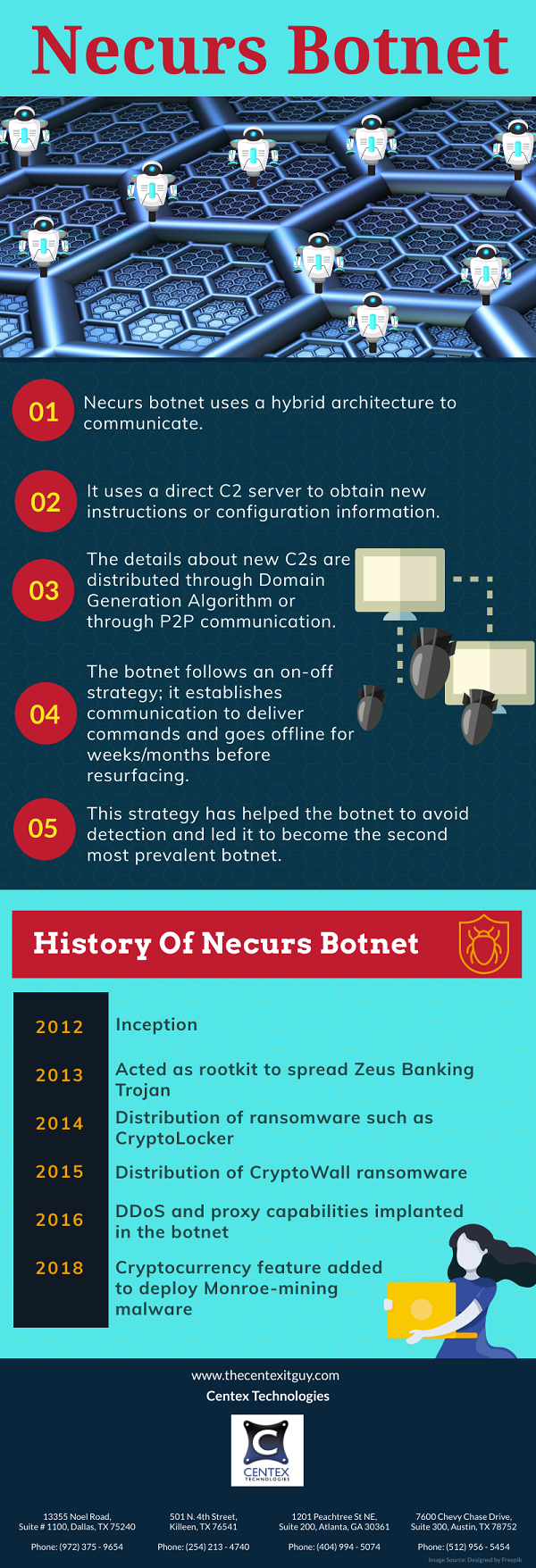A well-planned cyber-attack can wreak havoc on any business. Although, it is advisable to take precautionary steps in order to avoid such attacks; still, some cyber-attacks can catch your business off-guard. Thus, it is important to have a Disaster Recovery Plan for dealing with the after-effects of any cyber-attack. A Disaster Recovery Plan (DRP) helps in softening the blow of the attack by minimizing the loss. A successful DRP should conduct a thorough Business Impact Analysis (BIA) and Risk Analysis (RA). This will help in determining the business areas that need to be prioritized for security. Also, this will enable you to establish an estimated Recovery Time Objective (RTO).
For drafting an effective DRP, it is important to consider following tips in addition to BIA and RA:
A DRP needs to include all the aspects of the business to ensure that no aspect is left exposed during a tragic event.
- To begin with, segregate your data as per priority. This will facilitate you in increasing the security of vital data, resources, devices, and systems. Also, you can draft separate recovery plans for critical data that is of sheer importance to your organization.
- It is advisable to set up a separate ‘safe house’ or satellite location and keep a backup of your data. This will help you in avoiding the loss of business in face of a cyber-attack. However, weigh the cost of setting up a separate location against the loss that will be incurred if the business becomes inoperative during RTO. Consider the cost-effectiveness to make an effective decision.
- If your business organization has some mobile devices that are not linked to the main server, then formulate an alternative backup plan for these devices. This will ensure that these devices do not have to depend upon the DRP.
- Make it a point to encourage the individual users to run regular backups for their own safety.
The 5 W’s Of DRP
The 5 W’s of DRP help in developing an accurate contingency plan to maximize the longevity of your business:
Who? In order to create a risk-free environment, make it a point to educate every single user about the DRP. This is the key to ensure the success of your recovery plan. Thus, if any cyber-attack threatens our organization, every user will be able to play his role in the recovery plan efficiently.
What? An organization’s DRP should address what steps would be taken if the business meets with an unfortunate situation. The steps should be clearly laid out and should address diverse situations ranging from damaging cyber-attacks to regular risks of losing staff/vital data.
Where? DRP needs to look ahead of the geographical business location alone. Some other aspects that should be included in the DRP are company vehicles, remote workforce, etc.
Why? It is important to understand why you need a DRP. It is a contingency plan that would help the business sustain if met with a disastrous cyber-attack.
When? A common question is that when do you need to formulate a DRP. The answer is that you should formulate a DRP well in advance so that you are equipped to handle any situation, whenever it arises.
For more information on Disaster Recovery Planning, call Centex Technologies at (254) 213 – 4740.

